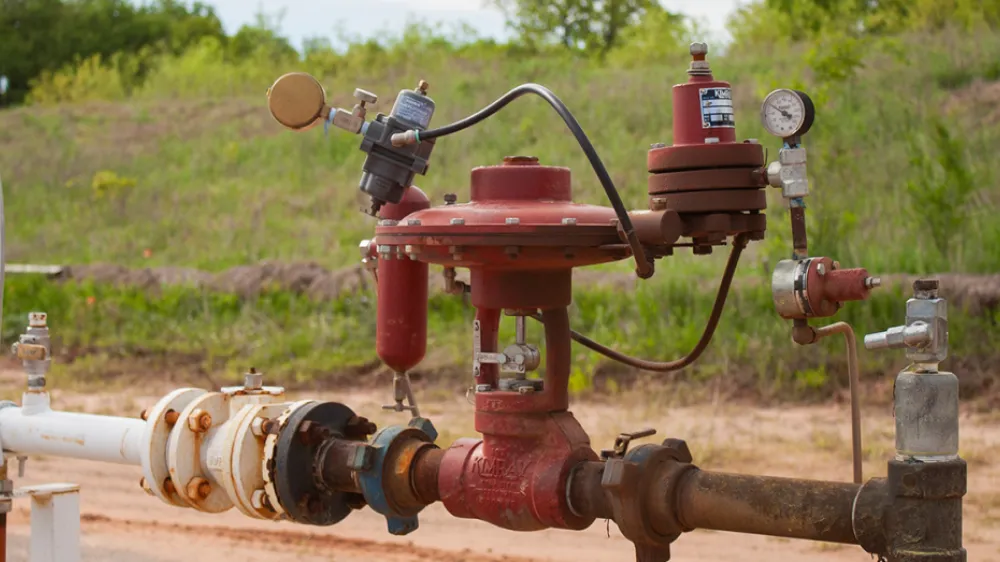
A High Pressure Control Valve is a valve that can operate in pressures above 500 PSI. The design of a High Pressure Control Valve allows it to operate at a maximum working pressure of 500 PSI or more without damaging the valve body.
How is a High Pressure Control Valve Powered?
One of the first questions to determine when setting up a high pressure valve is what is going to power it?
These valves can be powered by either pneumatic or electric power. Power is delivered to the valve through an actuator, which is typically bolted to the top of the valve.
Pneumatic Actuators
A pneumatic actuator receives a pneumatic signal from a pressure pilot (using either gas or compressed air) and positions the valve according to that signal.
Electric Actuators
An electric actuator receives an electrical signal from an Electric Pilot or RTU. The actuator then drives that valve to a corresponding level based on that signal.
Two distinct advantages of electric actuation include zero-emission operation and automation capabilities.
- Zero-Emission Operation. Because an electric actuator uses electric power rather than natural gas, no emissions are vented to the atmosphere during operation.
- Automation. Electric actuators have the ability to communicate position feedback, so you can monitor and control your valves remotely.
Where are High Pressure Valves Used?
In oil and gas production, these valves are used in a variety of applications. These include but are not limited to dump valves, back pressure valves, suction controllers, and re-circulation valves.








































